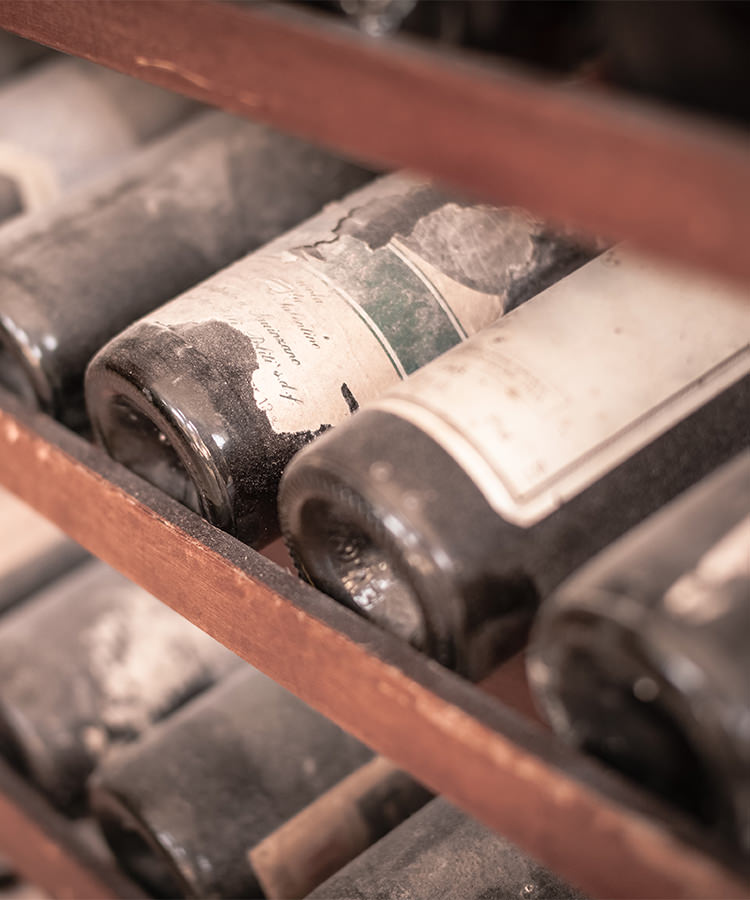It’s hard to trust extremely old wine bottles (wine fraud is rampant), but museum workers in New Jersey think they’ve had a breakthrough — literally.
Workers at the Liberty Hall Museum in Union, New Jersey broke down a Prohibition-era wall and found more than 50 bottles and 42 demijohns (narrow-necked jugs that hold three to 10 gallons of liquid). The bottles are all Madeira — the most American of wine, really — and date back to as early as 1769, according to CNN.
“We had no idea the bottles were there,” John Kean, the president of the museum, told CNN. “We knew there would be wine, but had no idea as to the date. That was a major surprise.”
The museum is the original home of William Livingston, a signer of the Constitution and New Jersey’s first elected governor. It was built in 1772, and the Kean family purchased it back in 1811.
Turns out the Kean’s had a taste for Madeira and didn’t want Prohibition to get in the way. The hiding wall was built of plywood and plaster, and more rare wine was found in the attic underneath piles of old straw.
One of the most memorable times in recent memory that wine from the 1700s was found was with the Jefferson bottles of Burgundy in the early 2000s. They were allegedly signed by Thomas Jefferson and had his initials on them, causing their price to skyrocket. It turned out those were fake, however.
These bottles are promising. Madeira was the drink of the era for wealthy men because the fortified wine transported well. The museum hasn’t released an estimated price on the bottles, but one set of bottles created for the millionaire Robert Lenox could go for as much as $20,000, according to CNN.
Now that’s a find that makes you want to search your grandpa’s walls.
